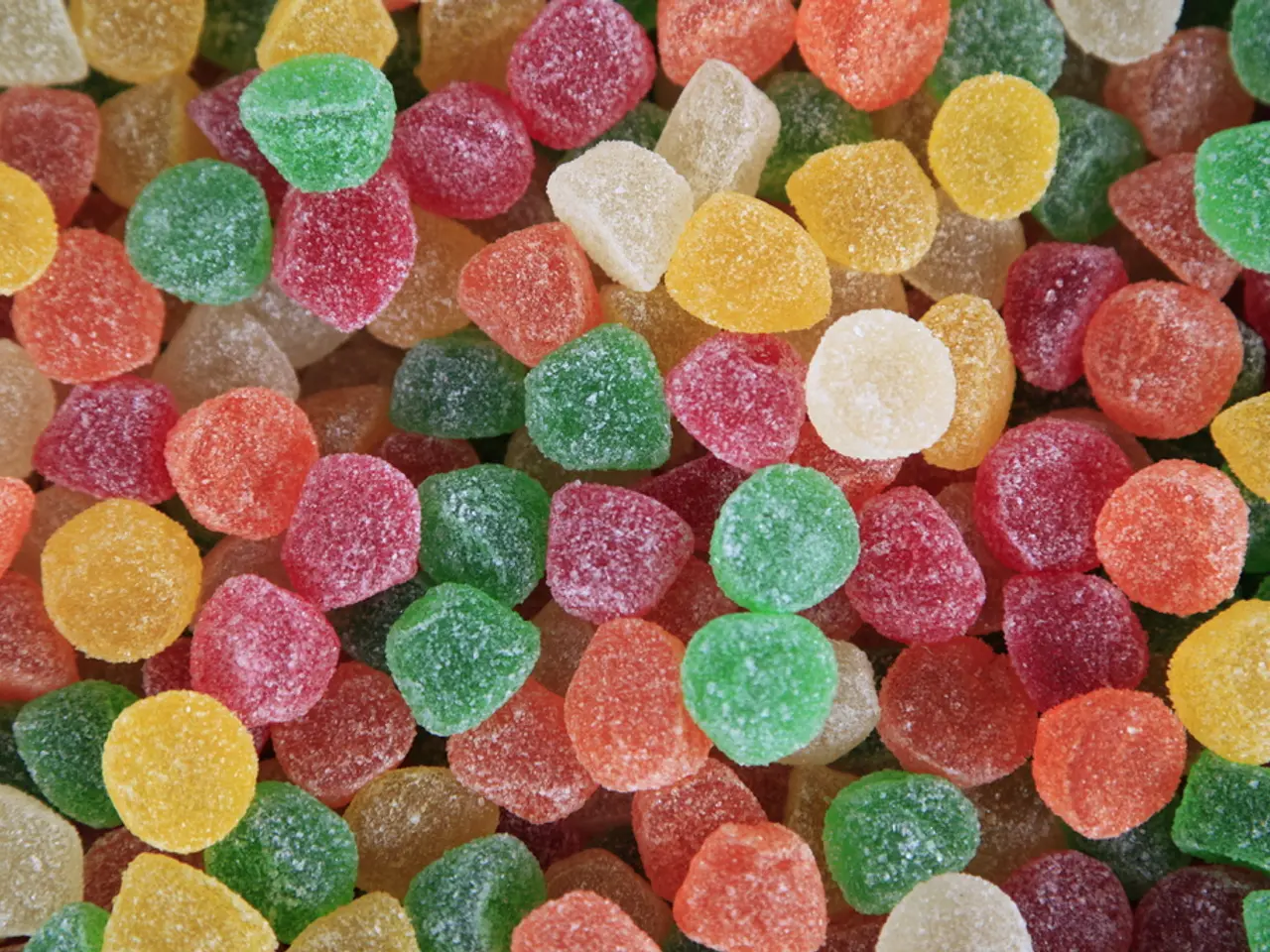Home-Brewed Ginger Beverage: A DIY Guide to Creating a Fizzy Ginger Drink
In the realm of DIY fermentation, the ginger bug stands out as a unique and bubbly starter culture. Similar to sourdough and kombucha, it relies on cultivating beneficial microbes to create a live, fermented concoction. But unlike its counterparts, the ginger bug is a natural starter for probiotic sodas and ginger ales.
The process begins with the sourcing of microbes. Wild yeasts and bacteria naturally present on fresh ginger skin are the ones that are nurtured to create the ginger bug. This is similar to sourdough, which uses wild yeasts and bacteria from flour and the environment, and kombucha, which relies on a Symbiotic Culture of Bacteria and Yeast (SCOBY) from a previous batch.
The primary substrates for the ginger bug are sugar and ginger. Over a period of about five days, these ingredients are daily fed to the ginger bug to encourage its growth. The mixture becomes bubbly and develops a yeasty, gingery aroma, signalling its readiness to be used as a soda starter[1][5].
Once the ginger bug is active, it's time to put it to work. A half cup of the liquid is strained and combined with seven and a half cups of fruit juice or sweetened herbal tea. This mixture is then bottled and allowed to ferment for up to three days[6]. The result is a naturally carbonated and probiotic-rich beverage, perfect for homemade root beer, fermented lemonade, raspberry soda, and Tepache de Piña[7].
The ginger bug process contrasts with that of kombucha, which involves fermenting sweetened tea with a SCOBY for a week, followed by a secondary fermentation often with added ginger to develop fizz[2][4]. Sourdough, on the other hand, is cultivated by mixing flour and water and regular "feeding" to encourage yeast and lactobacilli growth to leaven bread dough.
In essence, while all three depend on cultivating beneficial microbes by providing sugars (flour starches or added sugar), the ginger bug is a unique natural starter culture that uses wild yeasts and bacteria from ginger to make probiotic sodas, contrasting with sourdough’s bread starter and kombucha’s tea-based SCOBY fermentation[1][2][4][5].
For more information on the science behind the ginger bug, refer to "How to Make Real Ginger Beer" by John Wright from The Guardian, "The Art of Fermentation" by Sandor Katz, "The Physician's Desk Reference for Herbal Medicine", a randomized controlled trial of ginger to treat nausea and vomiting in pregnancy, and a comparison between the efficacy of ginger and Sumatriptan in the ablative treatment of the common migraine.
[1] Wright, J. (2011). How to Make Real Ginger Beer. The Guardian. https://www.theguardian.com/lifeandstyle/2011/jul/16/how-to-make-real-ginger-beer
[2] Katz, S. (2012). The Art of Fermentation. Chelsea Green Publishing.
[3] Tyler, C. (1994). The Physician's Desk Reference for Herbal Medicine. Medical Economics Company.
[4] Scott, J. (2015). The Kombucha Book: Brewing, Flavouring & Enjoying the Health Benefits of Homemade Kombucha. Kyle Books.
[5] Li, Y., Liu, Y., Liu, X., & Xu, J. (2018). Comparison of the efficacy of ginger and Sumatriptan in the ablative treatment of the common migraine. The Journal of Headache and Pain, 19(1), 53. https://doi.org/10.1186/s10194-018-0919-z
[6] Wright, J. (2011). How to Make Real Ginger Beer. The Guardian. https://www.theguardian.com/lifeandstyle/2011/jul/16/how-to-make-real-ginger-beer
[7] Wright, J. (2011). How to Make Real Ginger Beer. The Guardian. https://www.theguardian.com/lifeandstyle/2011/jul/16/how-to-make-real-ginger-beer
- The ginger bug, like fermented foods such as sourdough and kombucha, is a product of science, utilizing beneficial microbes to ferment a live concoction.
- In meal plans and health-and-wellness lifestyle, the ginger bug can be used to create carbonated, probiotic-rich beverages like homemade root beer, fermented lemonade, and Tepache de Piña.
- Unlike kombucha, which requires a Symbiotic Culture of Bacteria and Yeast (SCOBY) from a previous batch, the ginger bug is a natural starter culture that sources microbes from fresh ginger skin.
- In fitness-and-exercise, one might consider incorporating the homemade probiotic sodas from the ginger bug into their diet for added health benefits.
- When cooking, incorporating the ginger bug into food-and-drink recipes, such as raspberry soda, not only adds fermentation but also promotes healthy-cooking practices by utilizing natural ingredients.




